-
 Bitcoin
Bitcoin $108,708.8110
0.60% -
 Ethereum
Ethereum $2,561.6057
1.91% -
 Tether USDt
Tether USDt $1.0001
-0.03% -
 XRP
XRP $2.2795
0.57% -
 BNB
BNB $662.2393
1.00% -
 Solana
Solana $153.1346
3.74% -
 USDC
USDC $1.0000
0.00% -
 TRON
TRON $0.2877
0.97% -
 Dogecoin
Dogecoin $0.1710
3.93% -
 Cardano
Cardano $0.5871
1.61% -
 Hyperliquid
Hyperliquid $39.6663
1.68% -
 Sui
Sui $2.9032
0.79% -
 Bitcoin Cash
Bitcoin Cash $496.1879
1.71% -
 Chainlink
Chainlink $13.5807
3.01% -
 UNUS SED LEO
UNUS SED LEO $9.0777
0.61% -
 Stellar
Stellar $0.2514
4.51% -
 Avalanche
Avalanche $18.1761
1.86% -
 Shiba Inu
Shiba Inu $0.0...01173
1.72% -
 Toncoin
Toncoin $2.8010
-4.23% -
 Hedera
Hedera $0.1594
3.21% -
 Litecoin
Litecoin $87.0257
-0.53% -
 Monero
Monero $319.1217
1.79% -
 Polkadot
Polkadot $3.3853
0.68% -
 Dai
Dai $0.9999
-0.01% -
 Ethena USDe
Ethena USDe $1.0003
0.02% -
 Bitget Token
Bitget Token $4.3420
-0.97% -
 Uniswap
Uniswap $7.3772
1.39% -
 Aave
Aave $286.6277
5.61% -
 Pepe
Pepe $0.0...09994
2.33% -
 Pi
Pi $0.4589
1.76%
What is a dynamic nft?
Dynamic NFTs evolve using smart contracts and oracles, enabling real-time updates based on external data like weather, sports scores, or user behavior.
Jul 03, 2025 at 11:43 pm
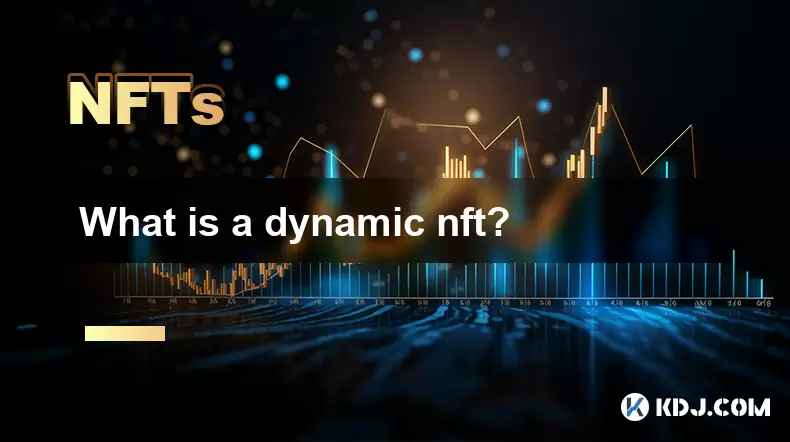
Understanding the Concept of Dynamic NFTs
A Dynamic NFT (Non-Fungible Token) refers to a type of NFT whose metadata and attributes can change over time or based on certain conditions. Unlike traditional NFTs, which are static and unchanging once minted on the blockchain, dynamic NFTs are designed to evolve in response to external data inputs or events. This functionality introduces a new layer of interactivity and utility to digital collectibles, gaming assets, and other tokenized items.
The core mechanism behind dynamic NFTs involves integrating smart contracts with oracles, which serve as bridges between blockchain environments and real-world data sources. These oracles enable NFTs to update their properties automatically when specific triggers occur, such as changes in weather, sports scores, or even user behavior.
How Do Dynamic NFTs Work?
Dynamic NFTs operate through a combination of blockchain technology and off-chain data feeds. The process begins with an NFT being minted with programmable logic that allows for metadata updates. This metadata is typically stored off-chain using protocols like IPFS (InterPlanetary File System), but it is linked to the NFT via a URI stored on the blockchain.
- A smart contract governs the rules under which the NFT can be updated.
- An oracle service, such as Chainlink, fetches real-time data from external sources.
- When predefined conditions are met, the oracle sends this data to the smart contract.
- The smart contract then modifies the NFT's metadata accordingly.
This system enables NFTs to reflect real-time information without compromising the immutability of the blockchain itself.
Use Cases and Applications of Dynamic NFTs
Dynamic NFTs have found relevance across various industries due to their ability to adapt and respond to changing environments. Some notable applications include:
- In gaming, dynamic NFTs can represent characters or weapons that evolve based on gameplay achievements or performance metrics.
- For sports memorabilia, NFTs can display live statistics or milestone achievements of athletes.
- Within real estate, dynamic NFTs could represent property ownership documents that automatically update valuation or tax information.
- In art, artists may create pieces that shift visually depending on environmental factors like time of day or geographic location.
Each use case leverages the unique capability of dynamic NFTs to maintain relevance and value beyond initial issuance by adapting to real-world changes.
Technical Implementation of Dynamic NFTs
Creating a dynamic NFT requires a structured approach involving multiple components:
- Begin by designing the base NFT with updatable metadata fields.
- Deploy a smart contract that includes functions for updating metadata.
- Integrate an oracle service to pull relevant external data.
- Configure the smart contract to listen for oracle responses and trigger metadata changes.
- Store the visual or descriptive elements of the NFT on IPFS or another decentralized storage solution.
- Link the hosted metadata to the NFT via a mutable URI.
Developers must ensure that the smart contract logic is secure and that oracle integrations are reliable to prevent manipulation or erroneous updates.
Challenges and Considerations
While dynamic NFTs offer exciting possibilities, they also introduce several challenges:
- Security risks: Smart contracts handling dynamic updates must be thoroughly audited to avoid vulnerabilities.
- Data accuracy: Reliance on oracles means developers must choose trusted data providers to maintain integrity.
- Storage limitations: Hosting mutable metadata requires scalable and resilient infrastructure.
- User experience: Collectors and users must understand how and why an NFT might change, which adds complexity to ownership expectations.
These considerations highlight the need for careful planning and robust technical execution when developing dynamic NFT projects.
Frequently Asked Questions (FAQs)
Q: Can dynamic NFTs be used in decentralized finance (DeFi)?
Yes, dynamic NFTs can represent positions in liquidity pools or governance rights that adjust based on protocol performance or user contributions.
Q: How do I verify if an NFT is dynamic?
Check the smart contract code for functions related to metadata updates and look for oracle integrations within the NFT’s architecture.
Q: Are there marketplaces that support dynamic NFTs?
Some platforms like Mint Songs and Async Art allow for dynamic NFT creation and trading, though broader adoption is still emerging.
Q: What happens if the oracle providing data for a dynamic NFT goes offline?
If the oracle becomes unavailable, the NFT will retain its last known state until the data feed resumes. It is crucial to select highly available oracle services.
Disclaimer:info@kdj.com
The information provided is not trading advice. kdj.com does not assume any responsibility for any investments made based on the information provided in this article. Cryptocurrencies are highly volatile and it is highly recommended that you invest with caution after thorough research!
If you believe that the content used on this website infringes your copyright, please contact us immediately (info@kdj.com) and we will delete it promptly.
- Ozak AI Presale: The AI Token Race to $1 and Beyond
- 2025-07-08 00:30:13
- Bitcoin Miners, AI Wars, and the US Learning Curve: A New York State of Mind
- 2025-07-08 00:30:13
- Arctic Pablo: The Meme Coin Melting Crypto in 2025?
- 2025-07-08 00:50:13
- Plume, SkyLink, and Real Yield: Bridging TRON to Real-World Assets
- 2025-07-08 00:50:13
- Bitcoin Whale's Mystery Move: Price Hike Incoming?
- 2025-07-08 00:55:12
- Bitcoin, Jon Atack, and El Salvador: A Crypto Conundrum
- 2025-07-07 23:15:12
Related knowledge
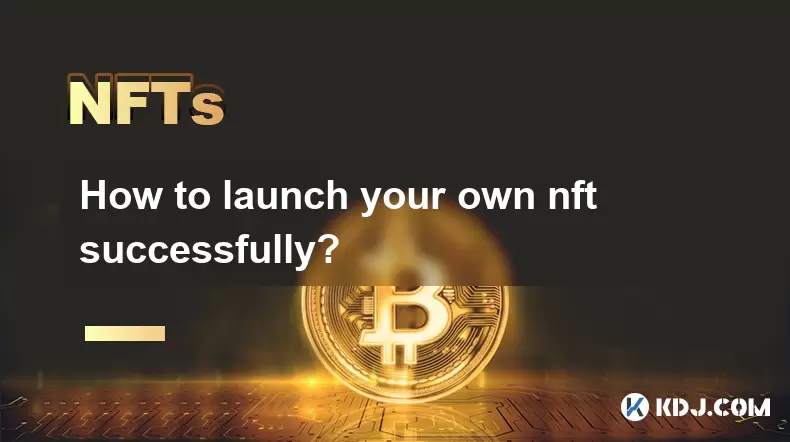
How to launch your own nft successfully?
Jul 07,2025 at 02:50am
Understanding the Basics of NFTsBefore diving into the process of launching your own NFT, it's crucial to understand what NFTs (Non-Fungible Tokens) are. NFTs are unique digital assets that represent ownership or proof of authenticity of a specific item or piece of content, such as art, music, videos, or even virtual real estate. Unlike cryptocurrencies...
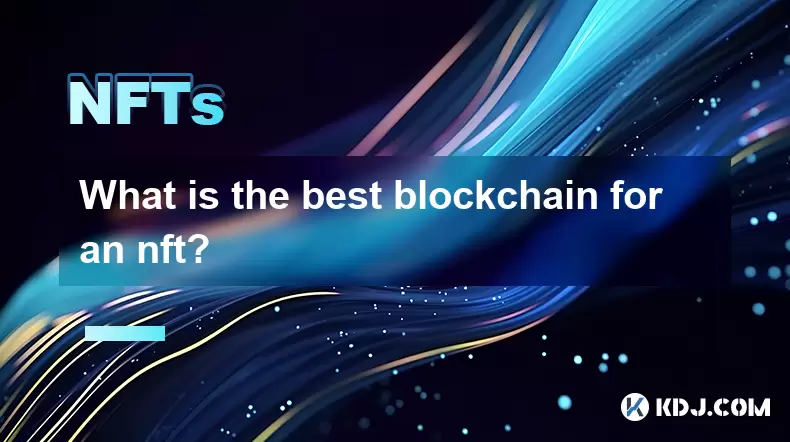
What is the best blockchain for an nft?
Jul 07,2025 at 12:22pm
Understanding the Criteria for Evaluating Blockchains for NFTsWhen determining the best blockchain for an NFT, several key factors come into play. These include transaction speed, cost of gas fees, scalability, security, environmental impact, and ecosystem maturity. Each blockchain offers a unique combination of these attributes, which directly affects ...
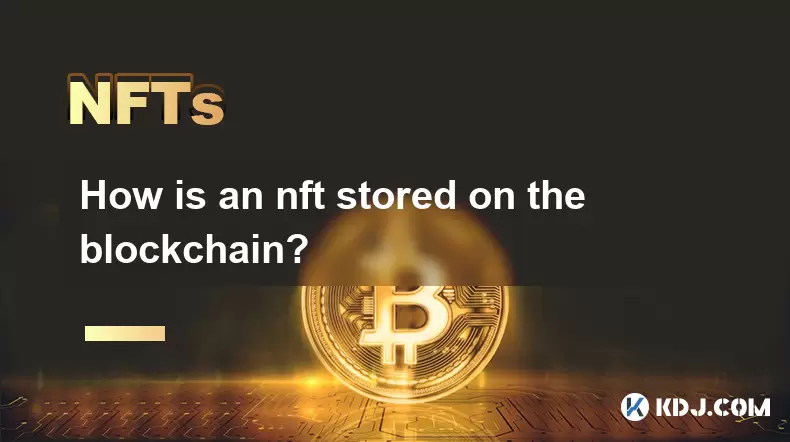
How is an nft stored on the blockchain?
Jul 01,2025 at 04:07am
How Is an NFT Stored on the Blockchain?Non-Fungible Tokens (NFTs) have revolutionized how digital assets are owned, verified, and transferred. Understanding how an NFT is stored on the blockchain provides clarity on its uniqueness, immutability, and traceability. Understanding the Basic Structure of an NFTAn NFT is a unique token that represents ownersh...
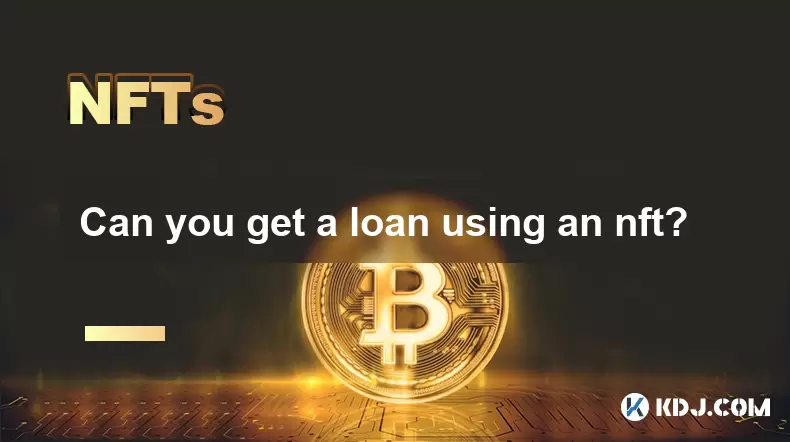
Can you get a loan using an nft?
Jul 05,2025 at 07:32pm
Understanding the Concept of NFT-Based LoansThe idea of using an NFT as collateral for a loan has gained traction in the decentralized finance (DeFi) space. NFTs, or non-fungible tokens, represent unique digital assets on the blockchain. While they are often associated with digital art, collectibles, and virtual real estate, their utility is expanding i...
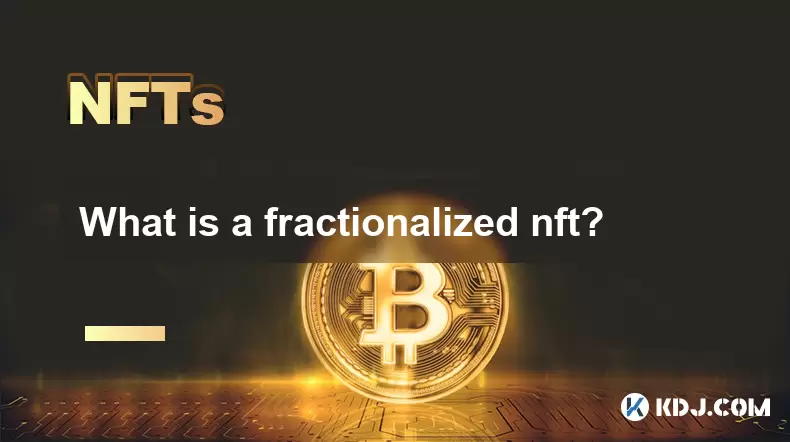
What is a fractionalized nft?
Jul 06,2025 at 10:50am
Understanding the Concept of Fractionalized NFTsA fractionalized NFT refers to a process where a single non-fungible token (NFT) is divided into multiple smaller, tradable parts. These parts represent fractional ownership of the original NFT. This innovation allows high-value NFTs to be accessible to a broader audience by enabling shared ownership. Inst...
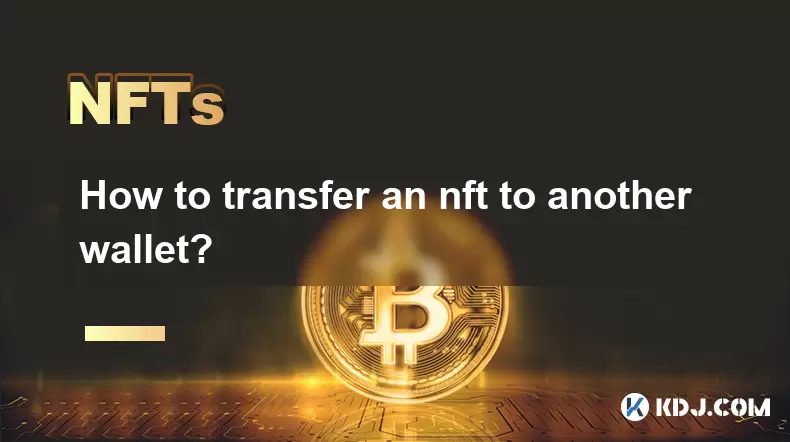
How to transfer an nft to another wallet?
Jul 01,2025 at 10:21am
Understanding the Basics of NFT TransfersTransferring an NFT (Non-Fungible Token) from one wallet to another is a common operation in the blockchain space. Before proceeding, it's crucial to understand what an NFT represents: a unique digital asset stored on a blockchain, typically Ethereum or other compatible chains like Binance Smart Chain or Solana. ...

How to launch your own nft successfully?
Jul 07,2025 at 02:50am
Understanding the Basics of NFTsBefore diving into the process of launching your own NFT, it's crucial to understand what NFTs (Non-Fungible Tokens) are. NFTs are unique digital assets that represent ownership or proof of authenticity of a specific item or piece of content, such as art, music, videos, or even virtual real estate. Unlike cryptocurrencies...

What is the best blockchain for an nft?
Jul 07,2025 at 12:22pm
Understanding the Criteria for Evaluating Blockchains for NFTsWhen determining the best blockchain for an NFT, several key factors come into play. These include transaction speed, cost of gas fees, scalability, security, environmental impact, and ecosystem maturity. Each blockchain offers a unique combination of these attributes, which directly affects ...

How is an nft stored on the blockchain?
Jul 01,2025 at 04:07am
How Is an NFT Stored on the Blockchain?Non-Fungible Tokens (NFTs) have revolutionized how digital assets are owned, verified, and transferred. Understanding how an NFT is stored on the blockchain provides clarity on its uniqueness, immutability, and traceability. Understanding the Basic Structure of an NFTAn NFT is a unique token that represents ownersh...

Can you get a loan using an nft?
Jul 05,2025 at 07:32pm
Understanding the Concept of NFT-Based LoansThe idea of using an NFT as collateral for a loan has gained traction in the decentralized finance (DeFi) space. NFTs, or non-fungible tokens, represent unique digital assets on the blockchain. While they are often associated with digital art, collectibles, and virtual real estate, their utility is expanding i...

What is a fractionalized nft?
Jul 06,2025 at 10:50am
Understanding the Concept of Fractionalized NFTsA fractionalized NFT refers to a process where a single non-fungible token (NFT) is divided into multiple smaller, tradable parts. These parts represent fractional ownership of the original NFT. This innovation allows high-value NFTs to be accessible to a broader audience by enabling shared ownership. Inst...

How to transfer an nft to another wallet?
Jul 01,2025 at 10:21am
Understanding the Basics of NFT TransfersTransferring an NFT (Non-Fungible Token) from one wallet to another is a common operation in the blockchain space. Before proceeding, it's crucial to understand what an NFT represents: a unique digital asset stored on a blockchain, typically Ethereum or other compatible chains like Binance Smart Chain or Solana. ...
See all articles

























































































